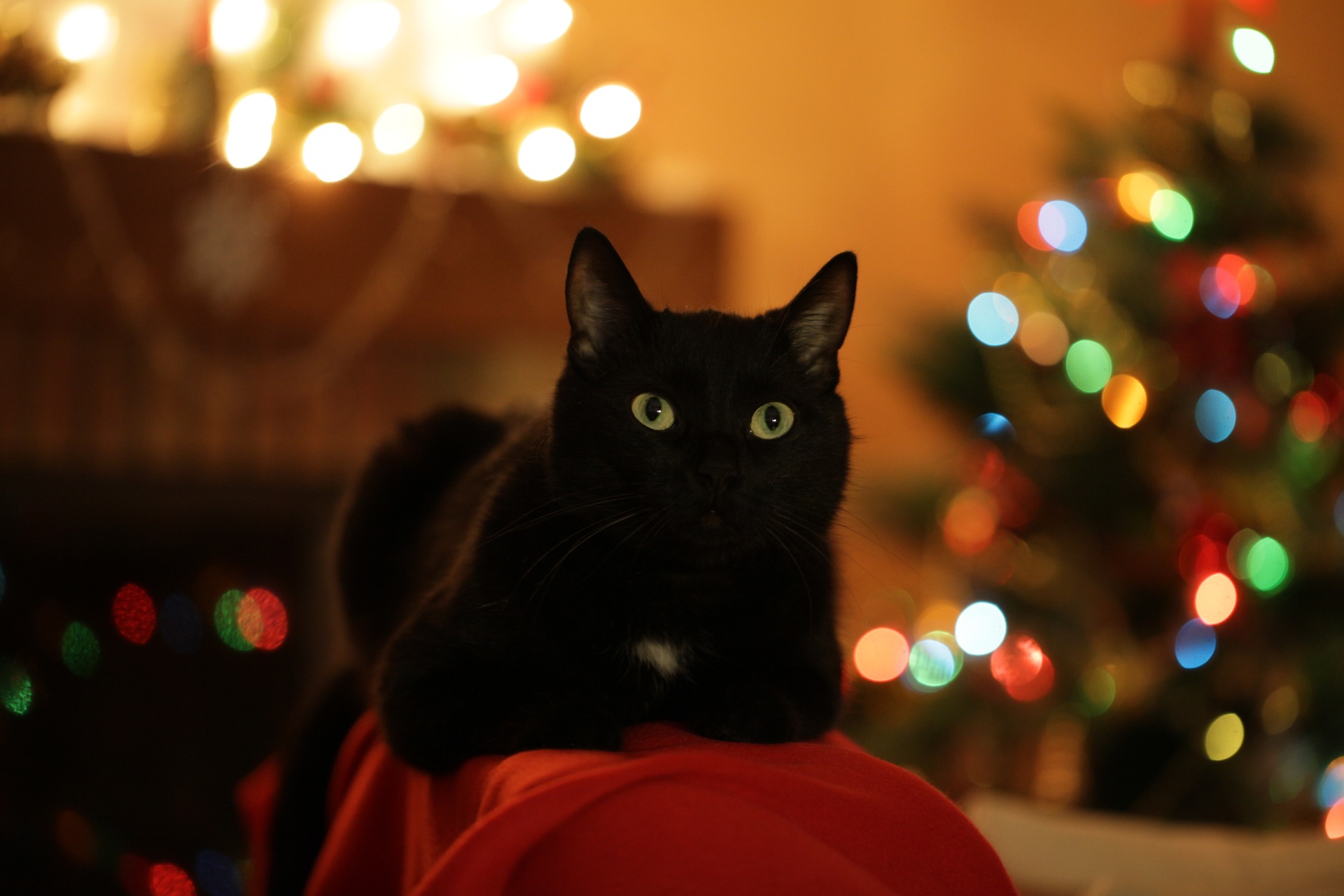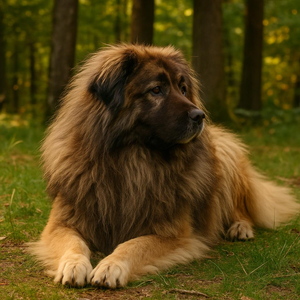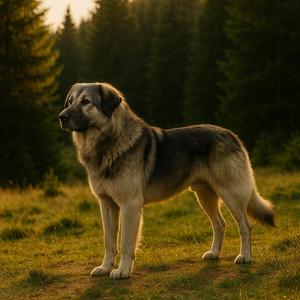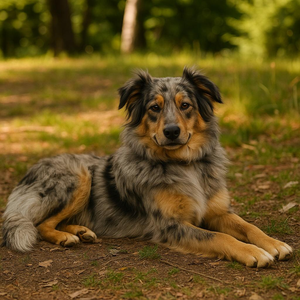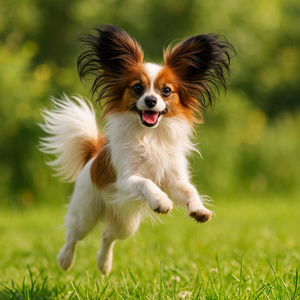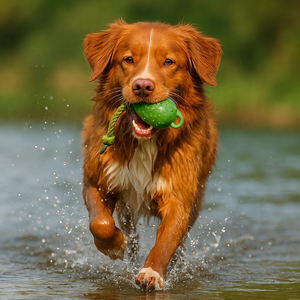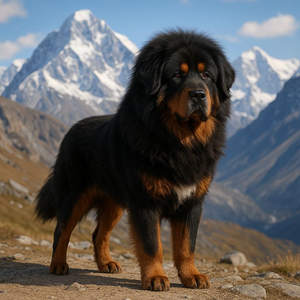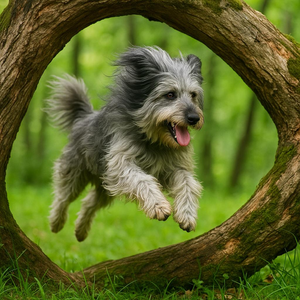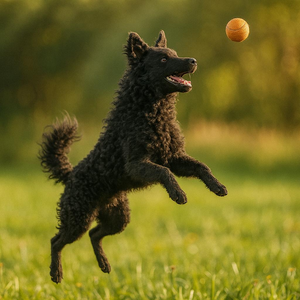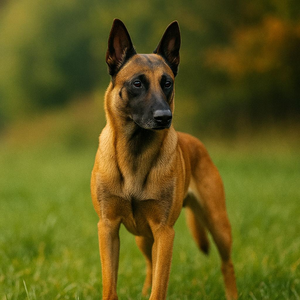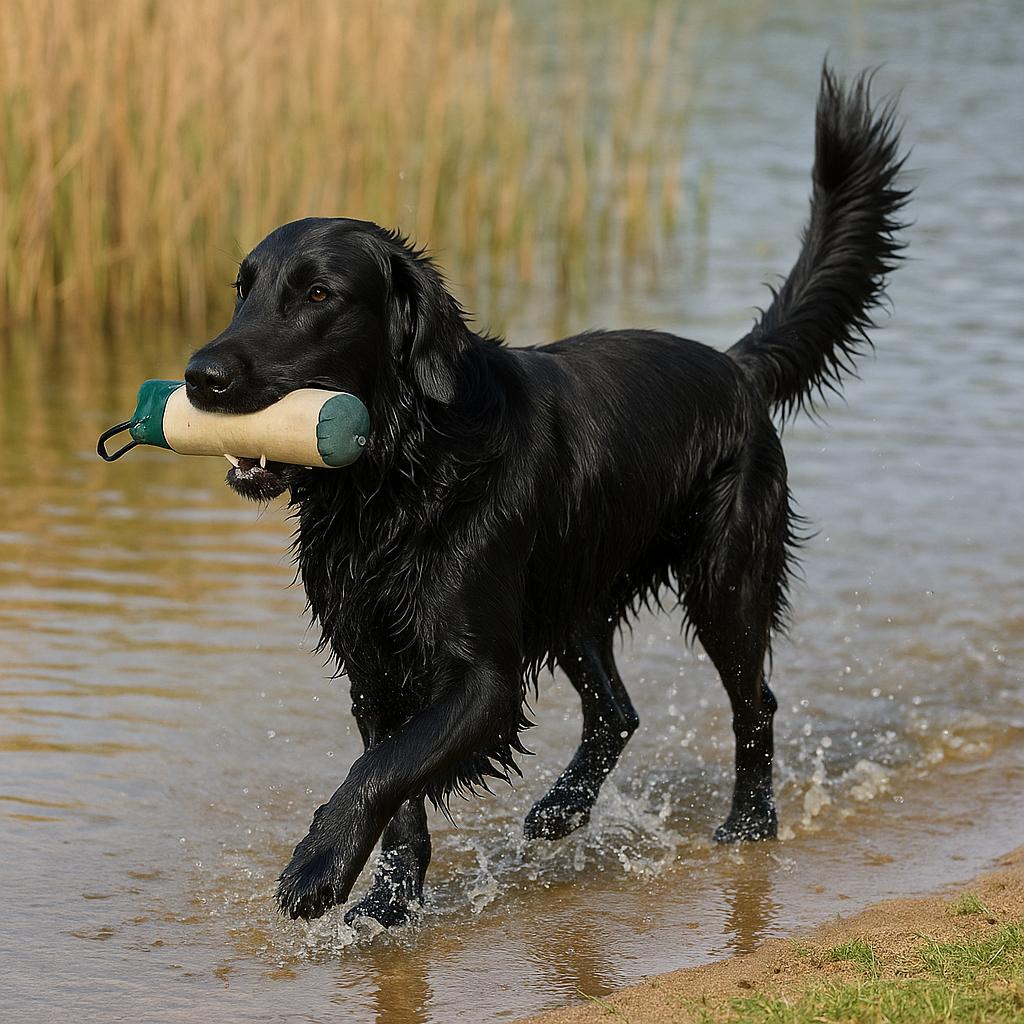
The Amazing Flat Coated Retriever Dog Breed
The origins of the Flat Coated Retriever dog breed are very fragmentary and shrouded in fog; there is no certain proof of its ancestry, but various conjectures. Some dog lovers believe it to be the oldest of all retrievers, while for others this primacy belongs to the curly coated retriever. According to flat expert Nancy Laughton, the breed is said to have originated from a ‘black Irish setter’.
Charles Eley, in a text from 1914, also speaks of a black ‘retrieving setter’. This dog, crossed with the St. John's dog (progenitor of the Labrador and Newfoundland) would give rise to the so-called ‘wavy coated retriever’, progenitor of the present flat. They were characterised by their wavy coat; the first dog to show this originality was the forerunner at the Birmingham show in 1850.
The first to devote himself to the selective breeding of the wavy coated, fixing its type and above all its black colour, was the Englishman Bond Moore, but the real father of the razsza was Mr. S.E. Shirley, who by the way was the founder of the English Kennel Club in 1873.
It was his two dogs from which practically the entire modern breed descends, which were Old Bounce and his daughter Young Bounce. Shirley was particularly dedicated to the elimination of the wavy and overly fringed coats that were too reminiscent of the setter. The progenitor of the breed is considered to be his best dog, Zelatone, who was very good at hunting.
In 1915 it was officially recognised in the United States, but later, after World War II, it almost reached extinction. Fortunately, some breeders, heedless of the breed's declining popularity, had plenty of time to select more carefully, which contributed to an enviable record. In fact, it is the breed with the lowest incidence of genetic disorders, compared to other retrievers.
Today, this dog is used as a water rescue dog in addition to hunting and companionship. It is also suitable for pet therapy and as a companion for the disabled.
Character of the Flat Coated Retriever dog breed
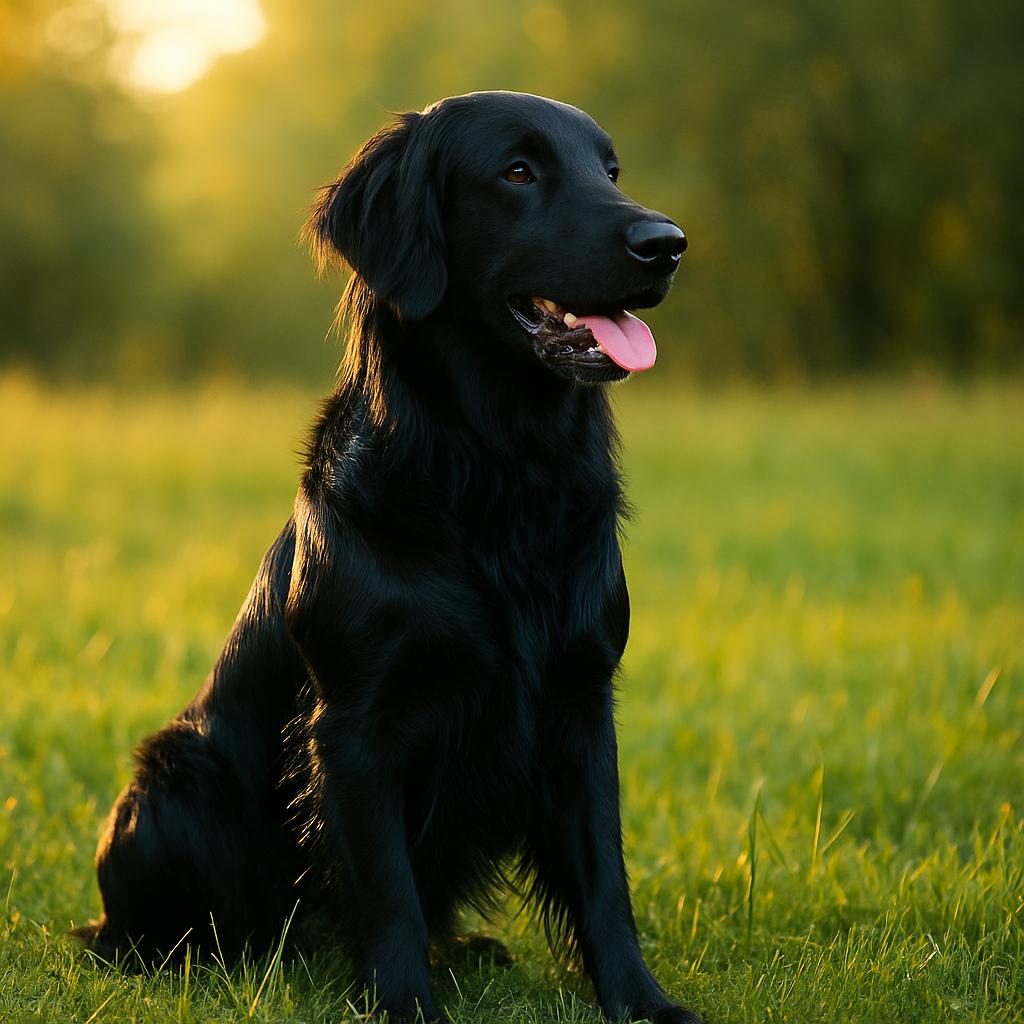
He is a very affectionate dog, who wants to interact with all members of his household: in this sense he is suitable for all households, even those with children. In fact, it is an eternal playful dog, it is called a Peter Pan dog, because it does not really want to grow up.
It is a dog that at twelve years old will have the same spirit, the same desire to play, the same vitality as a puppy.
And just like a puppy, throughout his life, he will want to be very close to his humans: Flat is a dog that loves to kiss, jump on, wrestle and even be hugged. He is not a dog to be relegated to the garden; he needs human contact all the time, so he loves being indoors with his family. Leaving him alone outside only leads him to make small disasters with plants and lawns.
He is not a good guard dog, because although he barks if he hears someone coming, once the stranger has crossed the threshold of the house or garden, he is very warmly welcomed. It is, however, also a dog suitable for the inexperienced, and for those approaching dogs for the first time. His eagerness to please and his intelligence make his training very simple and easy.
Even with other animals it is usually sociable and approaches them with a playful approach.
Appearance of the Flat Coated Retriever dog breed
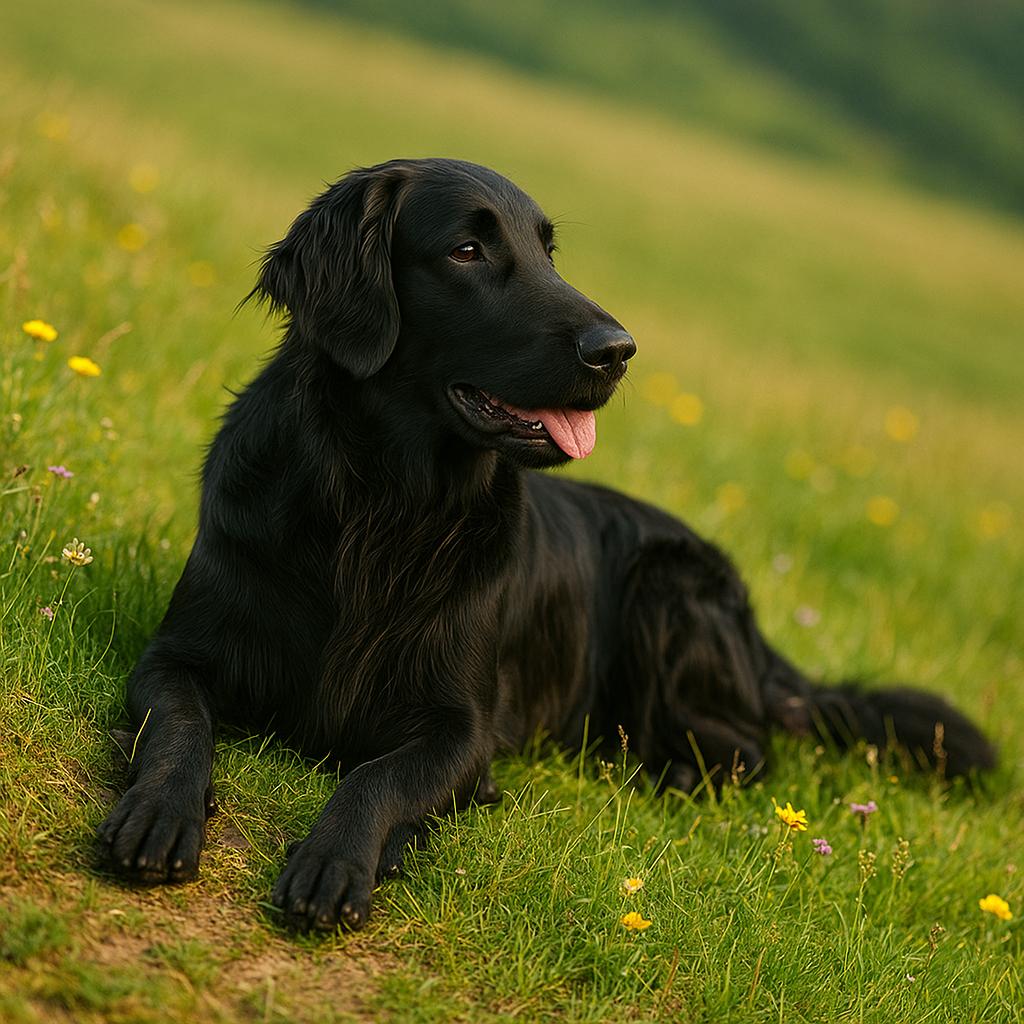
Its gait is loose and fluid and its limbs are straight both front and back. The tail is short, straight and well inserted, carried gaitily, but never much above the level of the back.
The skull is moderately wide, the jaws are long, and capable of carrying game. The eyes are slightly slitted, but not obliquely, of medium size and usually hazel or dark brown in colour. They have a very intelligent expression. The ears are small and well set, adhering to the sides of the head.
The striking feature of the Flat Coated Retriever is its coat. The coat is long, smooth, fine-textured and very thick. On the tail and limbs there is usually a bit of fringe that immediately inspires sympathy. When mature, a rich, thick coat completes its elegance. Only two colours are permitted: the most common, i.e. black, and liver brown, which is much rarer. A yellow variety also exists but is not recognised in the breed standard.
Care and health of the Flat Coated Retriever dog breed
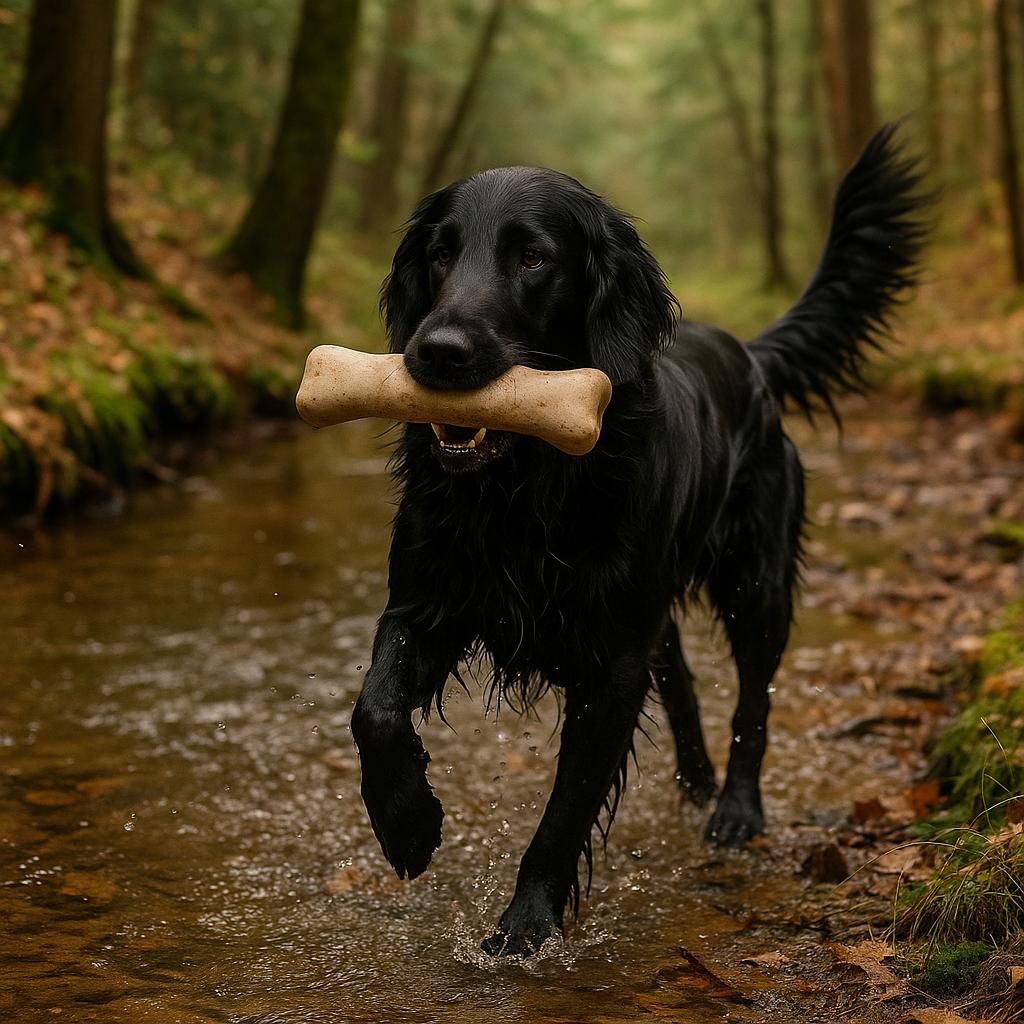
However, it is good to monitor this breed for problems such as progressive retinal atrophy and glaucoma. A few epileptic forms have been reported, but they are very rare. The life expectancy of the Flat Coated Retriever ranges from 9 to 11 years precisely because of the presence of tumours late in life.
As far as coat care is concerned, being a dog with a thick, flat coat with only fringes on the limbs and tail, a weekly brushing will keep it in excellent condition. Bathing only when necessary.
The flat-coated dog has no figure problems, if well exercised and a controlled and balanced diet is maintained it has no tendency to put on weight, although it is a dog with a good appetite.

